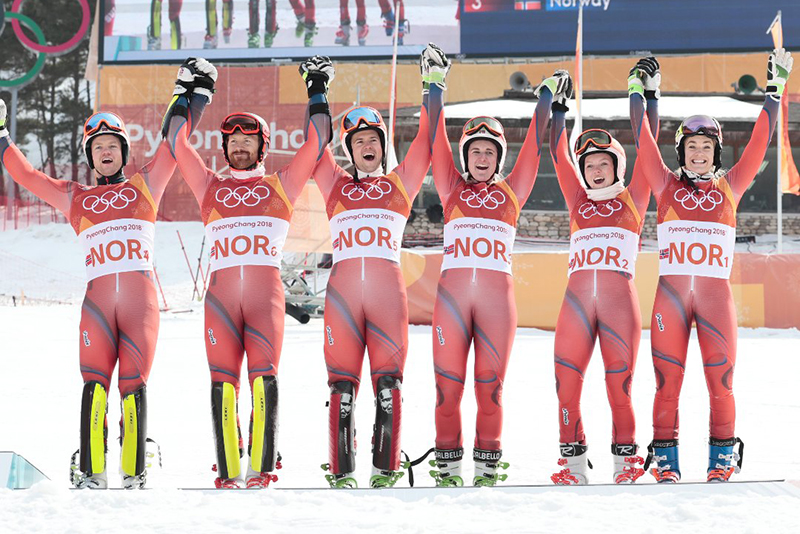In honor of Black History Month, we’ve compiled a list of some of the best books with UVM ties that reflect on the black experience.
“One Drop: My Father’s Hidden Life – A Story of Race and Family Secrets” by Bliss Broyard ’88
The alumna author received wide acclaim for this 2007 family memoir that explores their long-buried African-American heritage. Broyard’s father is the celebrated writer and New York Times literary critic Anatole Broyard.
“Lady Freedom Among Us” by Rita Dove
Special Collections is home to a large number of artists’ books, including the three-dimensional work (pictured above) published by Claire Van Vliet, proprietor of Vermont’s Janus Press. Van Vliet, who once taught at UVM, created the book’s images and designs; the poem is by Rita Dove, Commonwealth Professor of English at the University of Virginia and the first African-American Poet Laureate Consultant in Poetry.
You can see the book for yourself at UVM Special Collections; see their hours.
“Sundown Towns: A Hidden Dimension of American Racism” by James Loewen
James Loewen, professor emeritus of sociology, is well known for his alternative history “Lies My Teacher Told Me.” “Sundown Towns,” published in 2005, is Loewen’s examination of American towns that persisted for years in remaining all-white communities.
“As Lie Is To Grin” by Simeon Marsalis ’13
The debut novel by UVM graduate Marsalis follows a protagonist named David on a nonlinear journey from his home in New York City to the University of Vermont, and back again. “It is about a freshman in college who questions the reasons why he has arrived at that particular university,” the author says, discussing the book’s plot. “He begins to research his own reasons for attending that university, and discovers an alumni ritual with a deeply personal resonance. The campus itself is its own character within the novel. I couldn’t have written this novel if I had not gone to UVM.”
“Discovering Black Vermont: African American Farmers in Hinesburgh, 1790-1890” by Elise Guyette ’71, G’82 ’92 ’07
This fascinating local history from alumna Elise Guyette uncovers the lives of a small community of African American settlers in early Vermont.
“The Problem of Slavery in Early Vermont, 1777-1810” by Harvey Amani Whitfield
While Vermont is often thought of as a state that ended slavery with an early abolition clause, Harvey Amani Whitfield reveals a more complicated history. The professor of U.S. and Canadian history is also the author of “Blacks on the Border: The Black Refugees in British North America, 1815-1860” and “North to Bondage: Loyalist Slavery in the Maritimes.”
“Kinship and Performance in the Black and Green Atlantic: Haptic Allegories” by Kathleen Gough
The associate professor of theatre and resident dramaturge plays out the cultural and political intersections of African-American and Irish performance in the 19th and 20th centuries in “Kinship and Performance”, winner of the Errol Hill Award for Outstanding Scholarship in African American Theatre, Drama and Performance Studies from the American Society for Theatre Research.
“Flavor and Soul” by John Gennari
In his 2017 book “Flavor and Soul,” associate professor of English and critical race & ethnic studies John Gennari illuminates the ways African American and Italian cultures have been intertwined in the U.S. for the last century, and explores the “cultural edge” between these two ethnic groups, a complicated place where identities overlap, intertwine, and clash.
“Remember Me to Harlem: The Letters of Langston Hughes and Carl Van Vechten” by Emily Bernard
A 2001 New York Times Notable Book of the Year, “Remember Me to Harlem” is a collection of letters between poet Langston Hughes and white critic Carl Van Vechten, whose friendship spanned 40 years. Bernard, a professor of English and critical race & ethnic studies, explores interracial friendship in another of her books, a collection of essays titled “Some of My Best Friends: Writers on Interracial Friendship.”
Read an excerpt of “Some of My Best Friends.”
“The Seeking” by Will Thomas
In 1946, father of three Bill Smith moved his family to Westford, Vermont, making them the first and only African-American family in town. He wrote about his life, and these years in Vermont, under the penname Bill Smith in “The Seeking,” originally published in 1953. Mark Madigan G’87, a professor of English at Nazareth College and former UVM lecturer, worked to bring the book back into print, calling it “arguably the first long-form book written by an African-American resident of Vermont.”
Writing for this piece contributed by Andrea Estey and Thomas Weaver.
Source: UVM News

